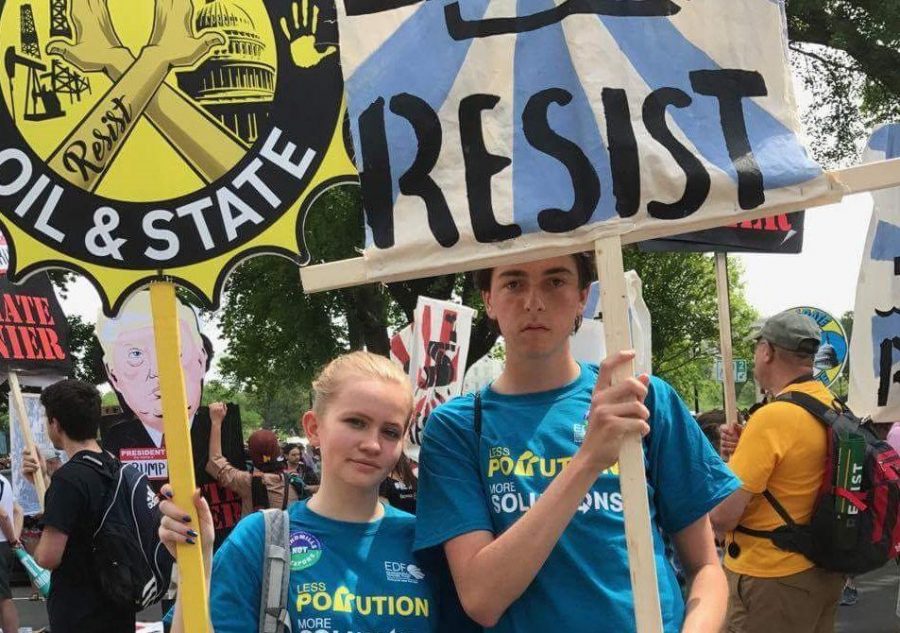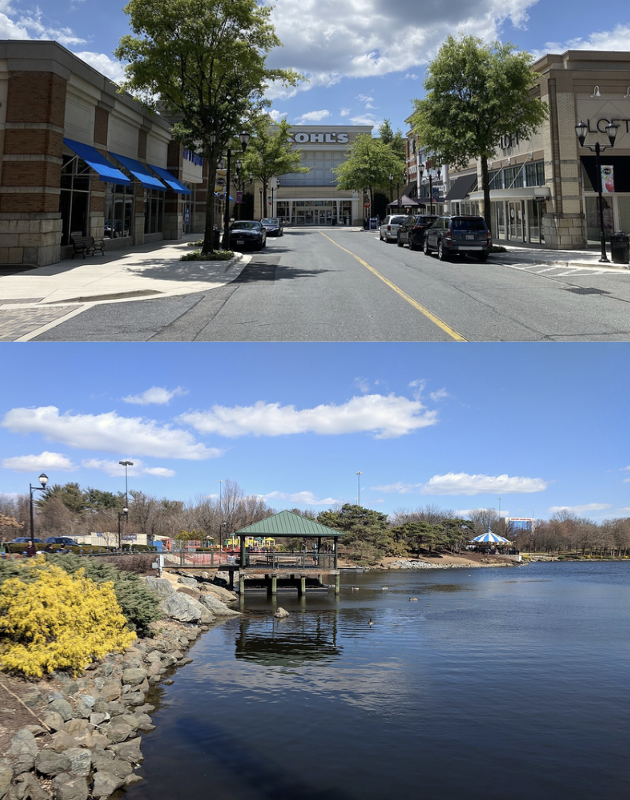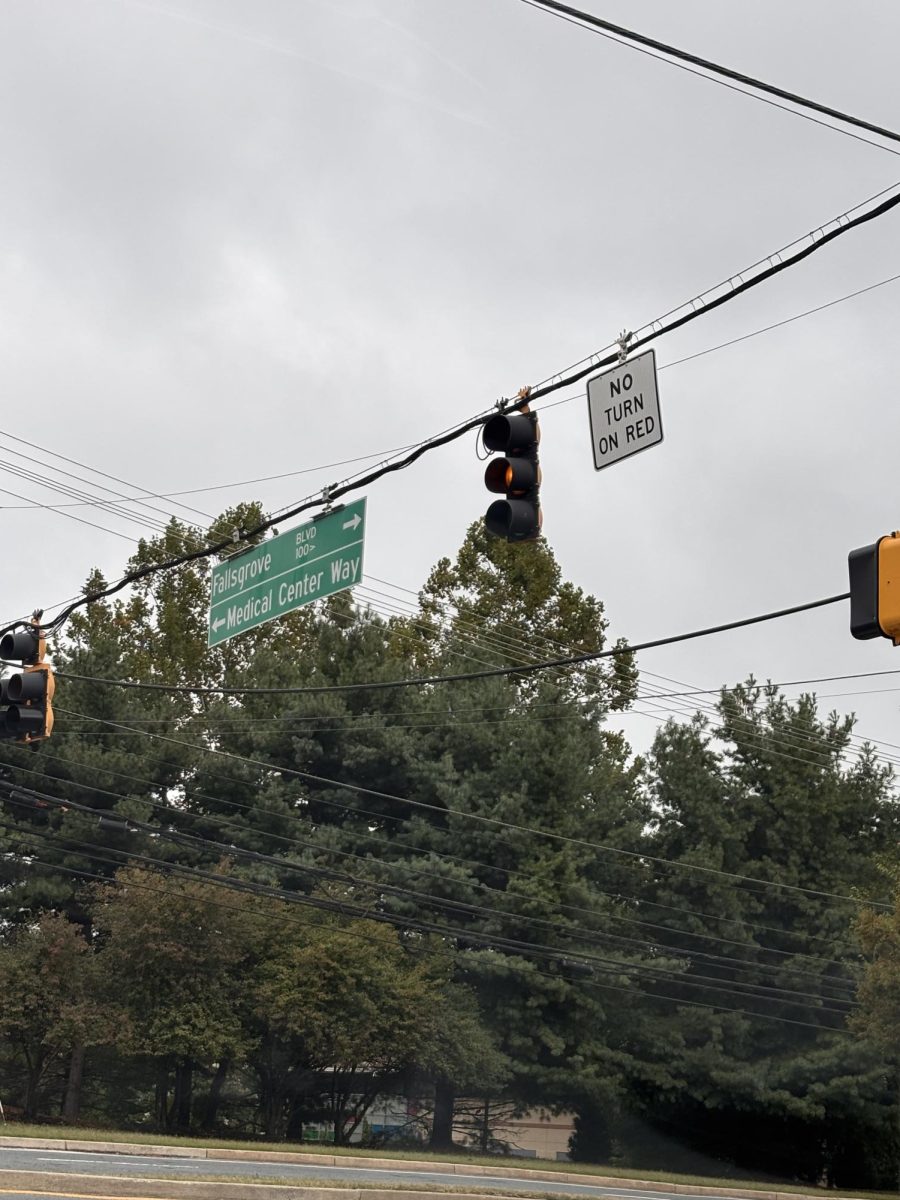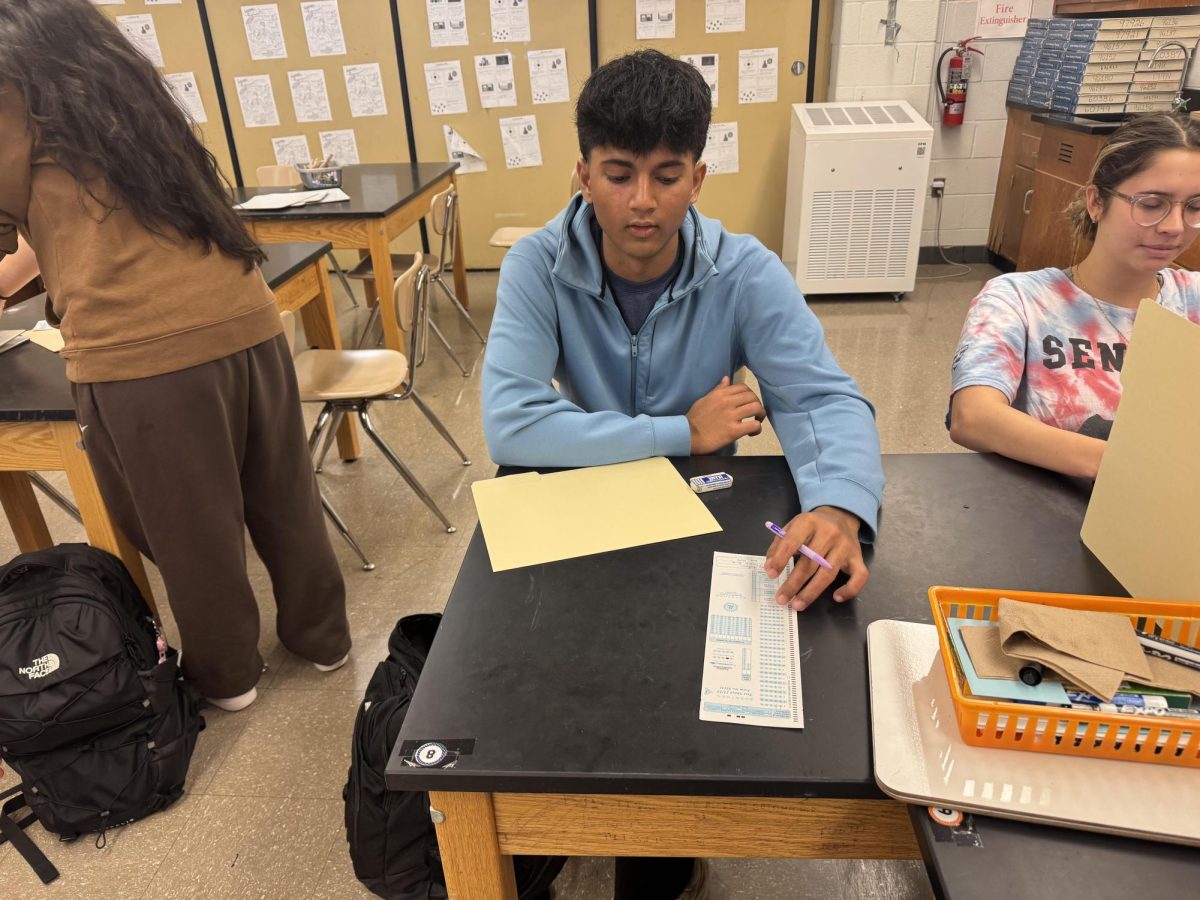Since President Trump took office, advocates for various causes have rallied in Washington, D.C., and other cities across the U.S., reminding the new administration that their voices and concerns, though at odds with the views of the current administration, have a right to be heard. Most recently, scientists and science supporters took over the capital on April 22 for the “March for Science” and April 29 for the “People’s Climate March.” Both events were, in part, a response to the new administration’s attempts to slash budgets for the EPA, NIH and other scientific agencies and their reluctance to recognize global warming as a serious threat that needs to be addressed by the government
The March for Science was “a call for politicians to implement science-based policies, as well as a public celebration for science and the enormous public service it provides in our democracy, our economy, and our daily lives,” according to the organizers’ website.
Protesters held signs supporting the EPA and NIH, plastered with pictures of endangered species and faces of famous scientists, while others displayed a checklist of diseases eradicated in America thanks to vaccines. Students felt inspired by the recent marches. “I think it’s really cool how all these people are getting together to try and make a difference about something they care about,” freshman Anna Baldwin said.
Protesters at the march were not all scientists fearing for their jobs. Many were at the march to support science in general and its contribution to society. According to The New York Times, some protesters, like Dr. Mona Hanna-Attisha, who helped exposed lead poisoning in Flint, Mich., marched to prevent future Flint-like incidents by urging the administration to recognize and embrace the progress made by scientists thus far. Others marched to preserve the crumbling environment for their grandchildren and to protest how scientific funding is now at risk because of the administration’s priorities on other endeavors, like the military.
Bill Nye, famous for his children’s science programs as “Bill Nye the Science Guy” was a much anticipated speaker for science nerds at the march, taking selfies with fans, some of whom claimed they became scientists because of him. Nye kept his focus on how “science serves every one of us” in his speech and called the march a reminder “of the significance of science for our health and prosperity.”
Likewise, the climate march, fittingly held on a day that tied the heat record for D.C. set in 1974, drew massive crowds. Signs warning of the dangers of sitting idly in the midst of life-threatening climate change held by protesters bobbed above the crowd, including signs that read “there is no Planet B,” “hang on EPA, the midterms are coming” and “the oceans are rising and so are we.”
Unlike the March for Science, which unsurprisingly had mostly scientists in attendance, there was only one scientist for every eight participants at the climate march, according to The Washington Post. Advocates consisted mainly of those who were personally experiencing the severe effects of climate change and younger citizens who know they will have to live with the effects of climate change for the majority of their lives. Leonardo DiCaprio and Al Gore were among the celebrity attendees. “I believe that both the science and climate change march were extremely important because Trump’s administration is slashing resources that supported scientific endeavors in order to favor his more military focused ideology,” junior Paige Jones said. “Scientific discovery is necessary to learn more about ourselves and the environment and better our quality of life with that knowledge.”
Rachel Wei
Features Editor








